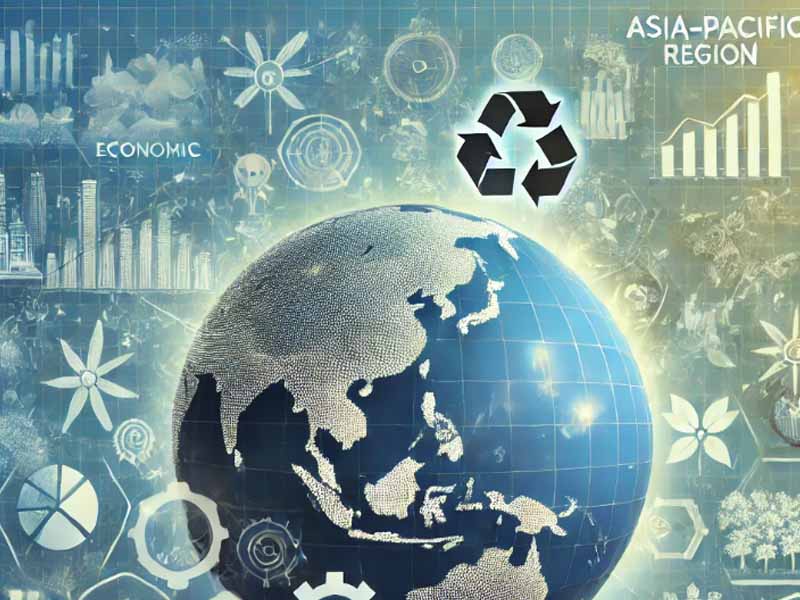
Resilienceapac – Slow growth is becoming a key concern for the Asia-Pacific region in 2025. According to the latest report from the Asian Development Bank (ADB), economic expansion in the region is expected to decelerate compared to previous years. While inflation is projected to ease to 2.9% a welcome relief following years of rising global food prices and high interest rates this slowdown presents significant challenges for long-term economic sustainability.
Despite inflationary pressures subsiding, slow growth threatens the economic momentum of key regional players, including China, Japan, and emerging markets in Southeast Asia. The region’s ability to navigate these hurdles will largely depend on how governments implement policies to maintain stability while pushing for sustainable development.
Slow growth in the Asia-Pacific is not solely a result of external economic conditions but also internal structural challenges. Many economies in the region are grappling with labor shortages, declining foreign investment, and increasing climate-related risks. Countries that rely heavily on exports, such as Vietnam and South Korea. Are experiencing reduced demand due to a sluggish global economy.
“Happy Christmas – Just for This Year!”
Moreover, achieving sustainable growth remains a significant challenge. While many governments have pledged to transition toward greener economies. High dependency on fossil fuels and slow adoption of renewable energy pose obstacles. Investments in sustainable infrastructure, digital transformation, and inclusive economic policies will be crucial to ensuring long-term resilience.
To combat the effects of slow growth, governments across Asia-Pacific are enacting various economic policies aimed at revitalization. Central banks are taking a cautious approach to interest rates, balancing inflation control with the need to stimulate growth. In addition, international partnerships and regional cooperation efforts. Such as the ASEAN Economic Community (AEC) and Indo-Pacific trade agreements, are being leveraged to foster economic stability.
Despite the current challenges, Asia-Pacific remains one of the most dynamic economic regions globally. With the right mix of policy adjustments, innovation, and sustainability-driven investments. The region has the potential to overcome slow growth and emerge stronger in the long run. However, without a clear commitment to addressing structural weaknesses, the road to economic resilience will remain uncertain.
“PT BGR Logistik: Solusi Logistik Digital Terdepan”
Resilience APAC: Asia-Pacific Hub for Reform - Plant managers are turning to 72 hour industrial preparedness plans to protect workers…
Resilience APAC: Asia-Pacific Hub for Reform - Manufacturers worldwide are adopting circular economy in industry to cut waste, reduce costs,…
Resilience APAC: Asia-Pacific Hub for Reform - Industrial companies now measure how extreme weather, regulation, and shifting markets shape the…
Resilience APAC: Asia-Pacific Hub for Reform - Governments and companies increasingly rely on climate adaptation partnerships APAC to fund resilient…
Resilience APAC: Asia-Pacific Hub for Reform - Rising losses from extreme weather are forcing companies to prioritize climate adaptation for…
Resilience APAC: Asia-Pacific Hub for Reform reports the growing shift toward value-based care industry impact as healthcare systems move from…